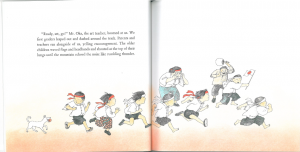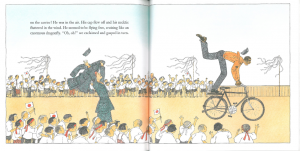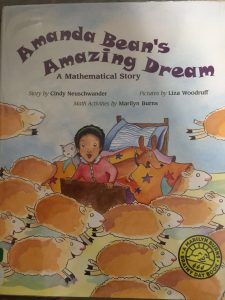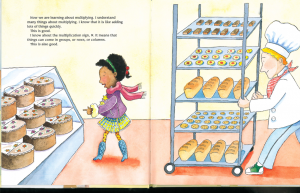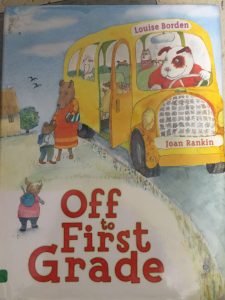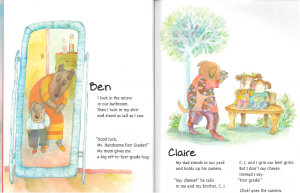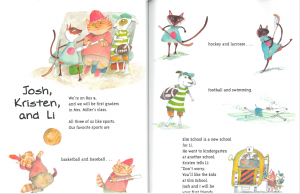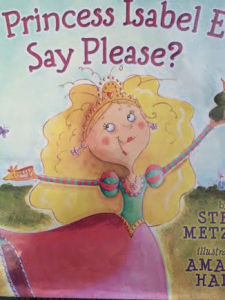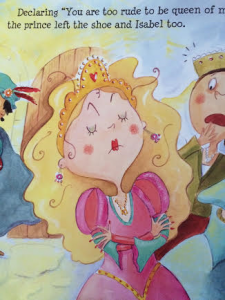Title: The Little Red Fish
Author/ Illustrator: Taeeun Yoo
Publisher and Year: The Penguin Group 2007
Number of Pages: 32
Genre: Fiction
Analysis
A boy named Jeje and his red fish visit a library and Jeje falls asleep and wakes up alone and must find his fish. Suddenly he opens his book and water starts pouring out. He must then jump through a book in order to save the little red fish before he loses him in the ocean.
This short story is full of magic and imagination. The power of the story rests in the mind of Jeje. After he falls asleep, he dreams about the alternate world and how he has to find his little red fish. He imagines that his fish dives into a book and Jeje must go after him, and after he opens the book, water gushes out of it and the library disappears. This book is a door that can lead to teaching children that it is good to be creative and to use their imagination. Imagination is an important part of childhood. Without it, creativity and magic is never introduced.
Perceptual- Jeje was very excited to go inside the library for the first time. He explored all the rooms and then sat down to read some of the books. Structural- The text always appears at the bottom of the page. It could symbolize reality while the pictures are above which could symbolize the fact that parts of the story that are Jeje’s imagination aren’t real. The pictures are in black and white, with the exception of the little red fish. In some of the pictures, if looked at closely, the reader can find shadows of where the little red fish is going. Ideology- this book is all about imagination and how children need to be creative. It could also be an encourager of dreaming. When Jeje falls asleep, that’s when the magic comes alive and his creativity is shown through his adventure trying to find his little red fish.



![2016-05-13_14.06.41[1]](https://blogs.iwu.edu/lrbmt2016/files/2016/05/2016-05-13_14.06.411-300x258.jpg)
![2016-05-13_14.05.50[1]](https://blogs.iwu.edu/lrbmt2016/files/2016/05/2016-05-13_14.05.501-300x139.jpg)
![2016-05-13_14.07.28[1]](https://blogs.iwu.edu/lrbmt2016/files/2016/05/2016-05-13_14.07.281-300x284.jpg)
![2016-05-13_14.08.39[1]](https://blogs.iwu.edu/lrbmt2016/files/2016/05/2016-05-13_14.08.391-300x149.jpg)
![2016-05-10_00.47.03[1]](https://blogs.iwu.edu/lrbmt2016/files/2016/05/2016-05-10_00.47.031-200x300.jpg)
![2016-05-10_00.43.28[1]](https://blogs.iwu.edu/lrbmt2016/files/2016/05/2016-05-10_00.43.281-300x225.jpg)
![2016-05-10_00.42.10[1]](https://blogs.iwu.edu/lrbmt2016/files/2016/05/2016-05-10_00.42.101-300x223.jpg)
![2016-05-10_00.41.15[1]](https://blogs.iwu.edu/lrbmt2016/files/2016/05/2016-05-10_00.41.151-300x220.jpg)
![2016-05-10_00.48.04[1]](https://blogs.iwu.edu/lrbmt2016/files/2016/05/2016-05-10_00.48.041-300x266.jpg)
![2016-05-10_00.39.24[1]](https://blogs.iwu.edu/lrbmt2016/files/2016/05/2016-05-10_00.39.241-300x143.jpg)

